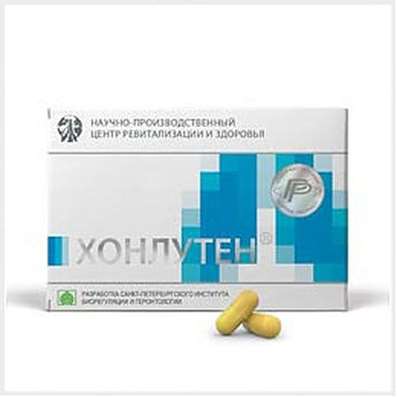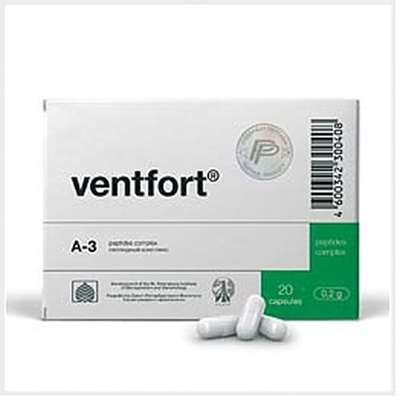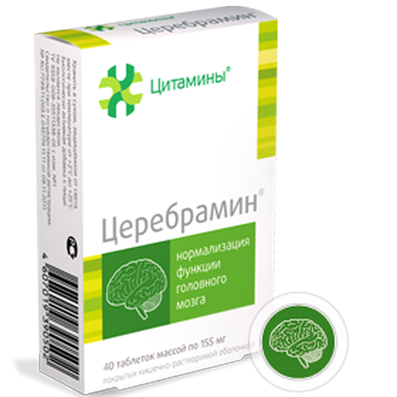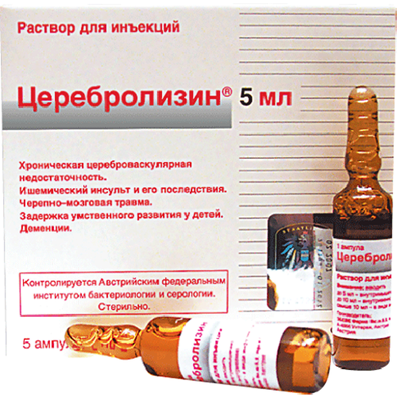Instruction for use: Dexapos
I want this, give me price
Active substance: Dexamethasone
ATX Code S01BA01 Dexamethasone
Pharmacological group
Glucocorticosteroid for topical use [Glucocorticosteroids]
Glucocorticosteroid for topical use [Ophthalmic products]
The nosological classification (ICD-10)
H10.1 Acute atopic conjunctivitis
Allergic conjunctivitis, Allergic eye disease, Allergic conjunctivitis, Allergic conjunctivitis is caused by chemical and physical factors, Allergic rhinoconjunctivitis,Allergic inflammation of the eye, Spring catarrh, Spring keratitis, Spring conjunctivitis, allergic Conjunctivitis, Perennial allergic conjunctivitis,Exacerbation of pollen allergy in the form of Syndrome rinokonyunktivalnogo, Acute allergic keratoconjunctivitis, Acute allergic conjunctivitis,Superficial bacterial eye infections,rhinoconjunctivitis, Seasonal allergic conjunctivitis, Seasonal conjunctivitis, Sennoz, Chronic allergic keratoconjunctivitis, Chronic allergic conjunctivitis
H10.3 Acute conjunctivitis, unspecified
Acute conjunctivitis
H10.4 Chronic conjunctivitis
Chronic allergic conjunctivitis, Chronic inflammation of the conjunctivam, Papillary conjunctivitis, Phlyctenular keratoconjunctivitis
H10.9 Conjunctivitis, unspecified
Trahomny conjunctivitis, catarrhal conjunctivitis, Giperpapillyarny conjunctivitis, Non-infectious conjunctivitis, purulent conjunctivitis, Purulent conjunctivitis form, Year-round conjunctivitis, purulent conjunctivitis, Subacute conjunctivitis, Secondarily infected with conjunctivitis
H15.0 Sclerite
Acute scleritis, Chronic scleritis, Diffuse scleritis, Sclerite
H16 Keratitis
Adenoviral keratitis, Bacterial keratitis, Spring keratitis, Deep keratitis without epithelial damage, Discoid keratitis, Dendritic keratitis, Keratitis rosacea, Keratitis with destruction of the cornea, Superficial keratitis, Point keratitis, Traumatic keratitis, Superficial point keratitis
H16.2 Keratoconjunctivitis
Chronic allergic keratoconjunctivitis, Bacterial keratoconjunctivitis, Deep forms of adenovirus keratoconjunctivitis, Infectious conjunctivitis and keratoconjunctivitis caused by Chlamydia trachomatis, Acute allergic keratoconjunctivitis, Spring keratoconjunctivitis, Phlyctenular keratoconjunctivitis
H18 Other diseases of the cornea
Keratopathy
H20 Iridocyclitis
recurrent iritis, sympathetic iridocyclitis, Sluggish posterior uveitis, Sluggish posterior uveitis, Posterior uveitis, the posterior segment of the eye Iridocyclitis, Iridocyclitis and other uveitis, Irit, Keratoiridotsiklit, Acute iritis, uveitis, cycle of Acute iridocyclitis, Acute non-infectious uveitis
H20.0 Acute and subacute iridocyclitis
H20.1 Chronic iridocyclitis
Chronic iritis
H20.9 Iridocyclitis Unspecified
Iridocyclitis, Diffuse posterior uveitis, keratouveit, Uveitis middle or rear portion of the eye, Sight-threatening uveitis middle or rear portion of the eye,keratouveitis, Anterior uveitis, Flaccid anterior uveitis, Endogenous uveitis, Inflammation of the ciliary body, Uveitis anterior portion of the eyeball, sympathetic uveitis
H30 Chorioretinal inflammation
Retinitis, Chorioretinitis, Central and peripheral chorioretinal dystrophy
H30.9 chorioretinal inflammation, unspecified
Choroiditis, myopic chorioretinitis, Violation of choroidal circulation, Central retinitis
H44.1 Other endophthalmitis
Ophthalmic sympathetic, Egyptian ophthalmia,Endophthalmitis
H45.1 Endophthalmitis in diseases classified elsewhere
Sympathetic ophthalmitis
S05 Injury of the eye and orbit
Wounds of the eye penetrating, Non-penetrating wound of the eyeball, Superficial injury of the cornea, Post-traumatic keratopathy, Post-traumatic central retinal dystrophy, Penetrating wound of the cornea, Condition after eye injuries, Condition after eyeball injuries, Penetrating corneal wounds, Injuries to eye tissues, Injuries to the cornea, Injury of anterior part of eye
T88 Other complications of surgical and therapeutic interventions, not elsewhere classified
Z98.8 Other specified poslehirurgicheskie state
Suppurative complications in the postoperative period, Suppurative complications of surgery, Postoperative liver dysfunction, Postoperative vomiting, Postoperative complications, The postoperative period, The early postoperative period
Composition
Eye drops 1 ml
active substance:
Dexamethasone sodium metasulfobenzoate 1 mg
Auxiliary substances: thiomersal - 0.05 mg; Hypromellose - 5 mg; Dextrose monohydrate - 50 mg; Water for injection - up to 1 ml
Description of dosage form
Solution: clear, colorless or slightly yellowish.
pharmachologic effect
Pharmacological action - anti-inflammatory, antiallergic, glucocorticoid.
Pharmacodynamics
GCS (glucocorticosteroids), has a pronounced anti-inflammatory, anti-allergic and anti-exsudative action.
Interacting with a specific protein receptor in target tissues, regulates the expression of corticoid-dependent genes and thus affects the synthesis of the protein. Reduces the formation, release and activity of inflammatory mediators (histamine, bradykinin, PG (prostaglandins), lysosomal enzymes). Suppresses the migration of cells to the site of inflammation; Reduces vasodilation and increased vascular permeability in the focus of inflammation. Stabilizes lysosomal enzymes of leukocyte membranes; Suppresses the synthesis of antibodies and disrupts the recognition of the antigen. Inhibits the release of IL (interleukin) -1 and IL (interleukin) -2, γ-interferon from lymphocytes and macrophages. Induces the formation of lipocortin, inhibits the release of eosinophils mediators of inflammation and stabilizes the membranes of mast cells. All these effects are involved in suppressing the inflammatory response in tissues in response to mechanical, chemical or immune damage. The duration of anti-inflammatory action after instillation of 1 drop of solution is 4-8 hours.
Pharmacokinetics
After instillation in the conjunctival sac it penetrates well into the epithelium of the cornea and conjunctiva; While in the aqueous humor of the eye, therapeutic concentrations are achieved; With inflammation or damage to the mucous membrane, the penetration rate increases. About 60-70% of dexamethasone entering the systemic circulation is associated with plasma proteins. Metabolised in the liver by the action of cytochrome-containing enzymes; Metabolites are excreted through the intestine. T1 / 2 is an average of 3 hours.
Indications
Acute and chronic inflammatory processes:
- Inflammation of the anterior segment of the eye (nasal conjunctivitis, scleritis, deep keratitis without epithelial damage, iritis, iridocyclitis and other uveitis of various origins);
- inflammation of the posterior segment of the eye (choroiditis, chorioretinitis);
- sympathetic ophthalmia;
Prevention and treatment of inflammatory phenomena in the post-operative and post-traumatic period;
Allergic eye diseases:
- allergic conjunctivitis and keratoconjunctivitis.
Contraindications
Hypersensitivity to any of the components of the drug;
Keratitis caused by Herpes zoster (dendritic keratitis), chicken pox and other viral diseases of the cornea and conjunctiva;
Mycobacterial infections of the eyes;
Fungal diseases of the eyes;
trachoma;
Bacterial infections of the eyes (without concomitant antimicrobial therapy);
Acute purulent diseases of the eyes and eyelids with defeat of the corneal epithelium;
Corneal epitheliopathy;
Increased intraocular pressure;
Immunosuppression;
Children's age till 18 years.
pregnancy and lactation
Dexamethasone can be used during pregnancy and lactation as prescribed by the treating doctor only if the expected curative effect justifies the potential risk to the fetus and the baby. In the first 3 months of pregnancy the drug should be administered with extreme caution, taking into account the risk of possible violations of fetal development in animal experiments (wolf mouth).
Side effects
After instillation of eye drops Dexapos may occur dermatitis, eye irritation, foreign body sensation, tingling, itching and burning sensation in the eye.
In patients with hypersensitivity to the components of the drug may develop allergic conjunctivitis and blepharitis.
Rarely - mydriasis, ptosis and transient disorders of accommodation.
Long-term use of the drug (more than 14 days) can cause increased intraocular pressure, the emergence of secondary glaucoma with optic nerve damage, reduced visual acuity and loss of visual fields. It is also possible to form a posterior subcapsular steric cataract and thinning and perforating the cornea; Occurrence of iritium.
Interaction
When combined with atropine, other cholinergic or mydriatic drugs, an increase in the level of intraocular pressure is possible.
Interaction with other drugs is mainly due to the participation in the excretion of dexamethasone cytochrome P450 (CYP3A4 (cytochrome P450 isoenzyme)) containing enzymes. It induces the enzyme CYP3A4; Reducing the effectiveness of CCB (calcium channel blockers), quinidine and erythromycin. In the usual topical regimen, the dose of the drug is not sufficient to induce induction or saturation of the liver enzymes.
With prolonged use with iodoxuridine, destructive processes in the epithelium of the cornea can be intensified.
Dosing and Administration
In the conjunctival sac.
Pronounced inflammatory process: during the first 24-48 hours of treatment, 1-2 drops every 2 hours, with reduction of inflammation - every 4-6 hours.
The duration of treatment usually does not exceed 2 weeks.
Prevention of inflammatory processes in ophthalmic surgery: during the first 24 hours after eye operations.
Overdose
Unlikely.
special instructions
Before instillation of the drug, it is recommended to remove contact lenses and re-put them no earlier than 20 minutes after instillation.
Treatment with the drug can mask the picture of a bacterial or fungal infection, so when treating infectious eye diseases the drug should be combined with adequate antimicrobial therapy.
When treating the drug for more than 10 days, it is necessary to regularly monitor the intraocular pressure and the condition of the cornea.
Drops containing GCS (glucocorticosteroids), with prolonged use, can cause a decrease in the rate of wound healing, bullous changes in the cornea.
Influence on the ability to drive vehicles and work with machinery. Immediately after the application of eye drops Dexapos, a brief disturbance of visual acuity may occur, it is not recommended to drive the car and engage in activities requiring increased attention until its recovery.
Form of issue
Eye drops, 0,1%. In PE (polyethylene) flasks-droppers with a screwed protective cap, equipped with a safety ring, 5 ml each. 1 bottle-dropper in a pack of cardboard.
Terms of leave from pharmacies
On prescription.
storage conditions
At a temperature not exceeding 25 ° C.
Keep out of the reach of children.
Shelf life
2 years. After opening - 4 weeks.
Do not use after the expiry date printed on the package.

 Cart
Cart





